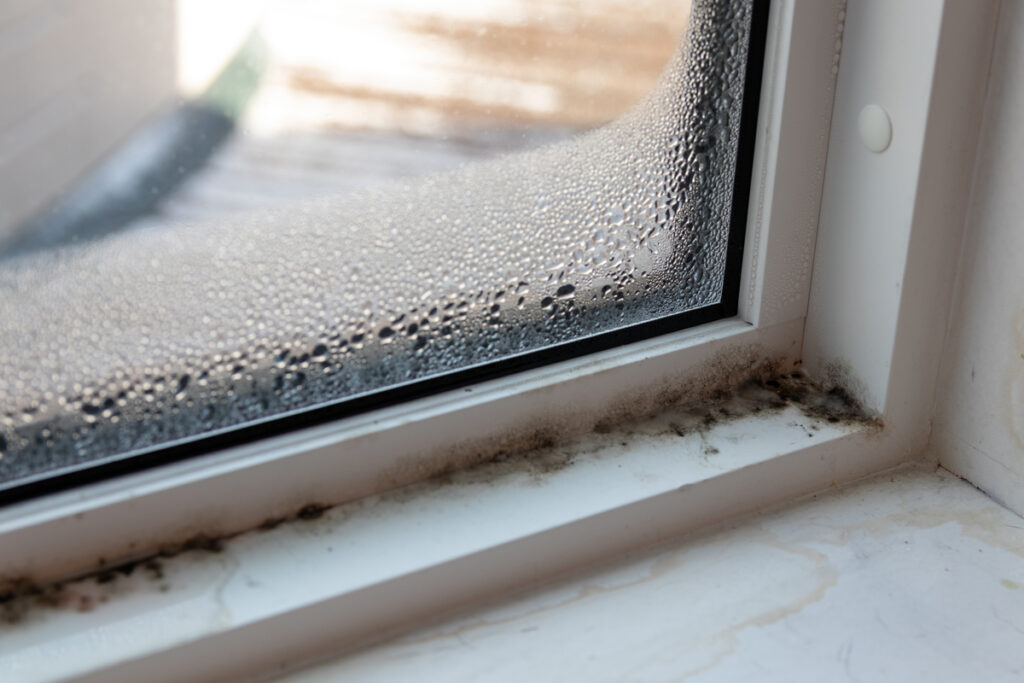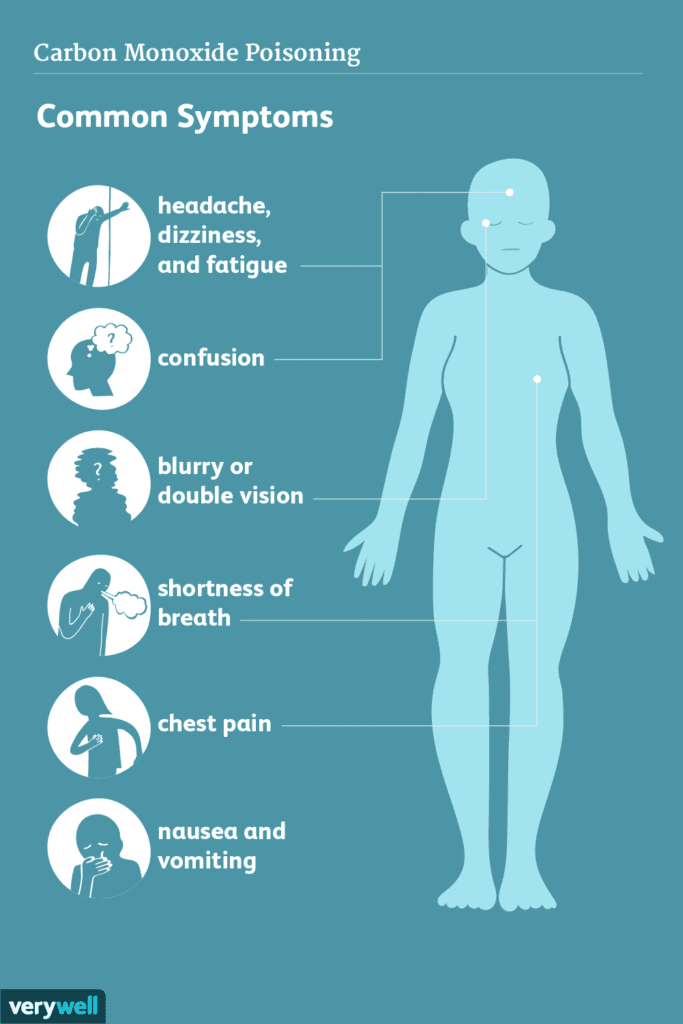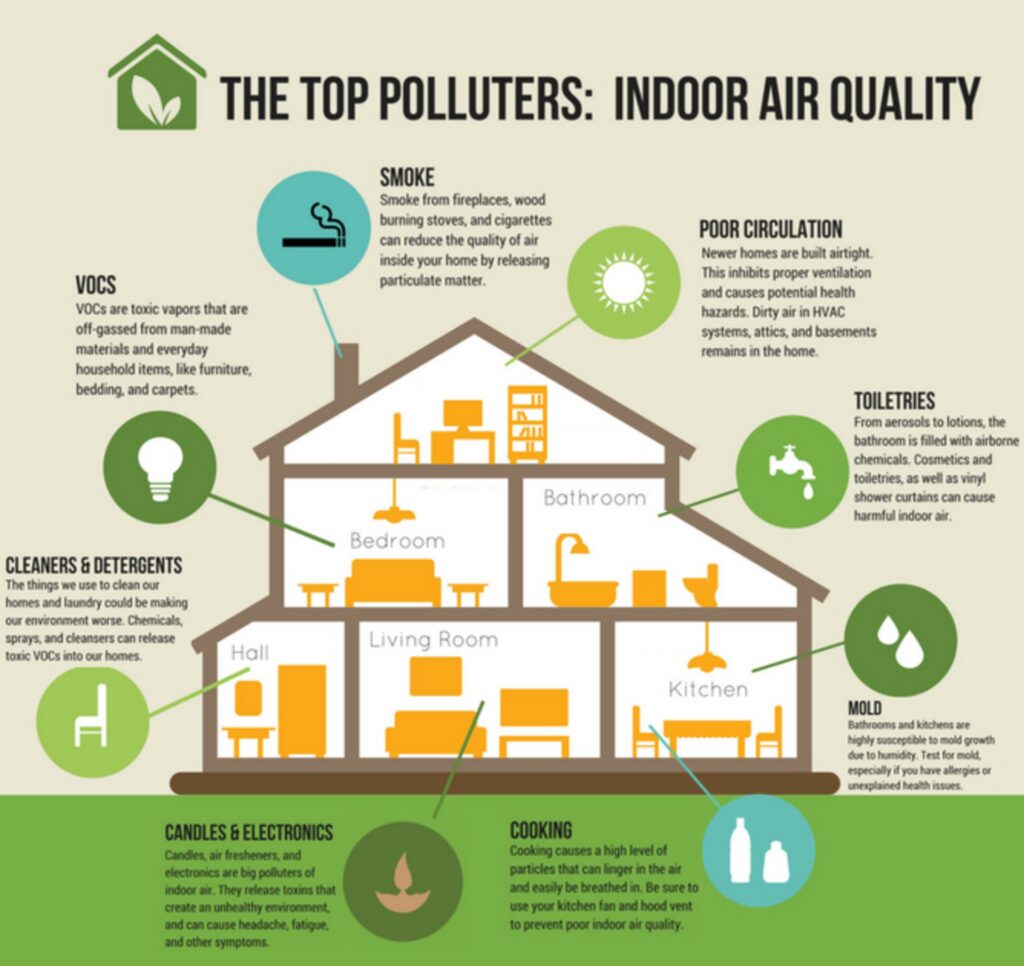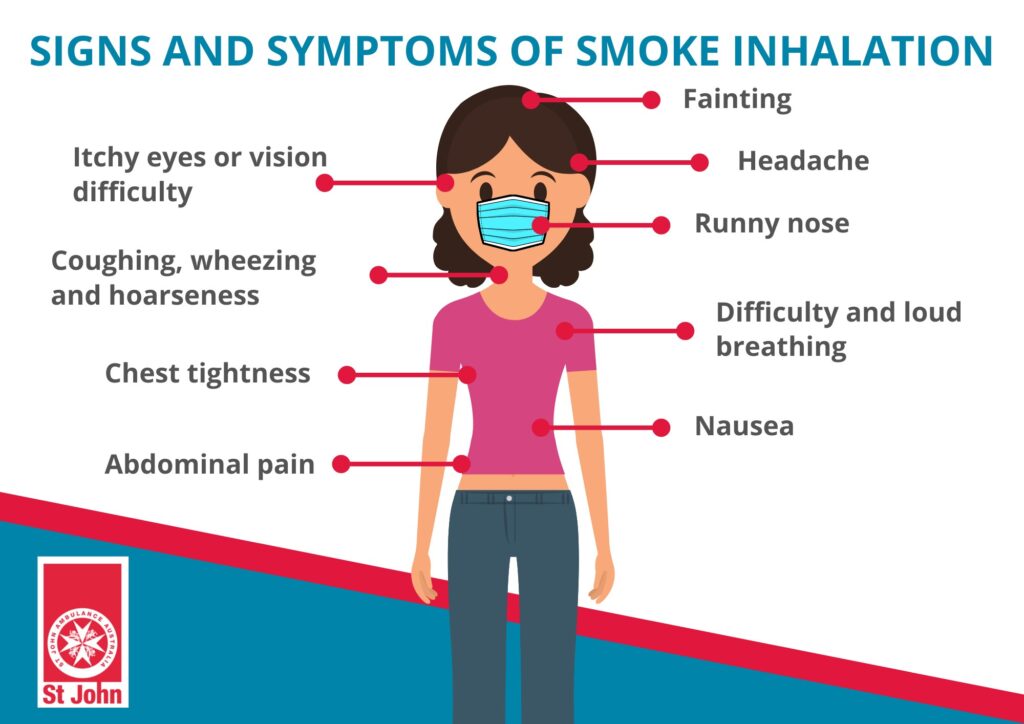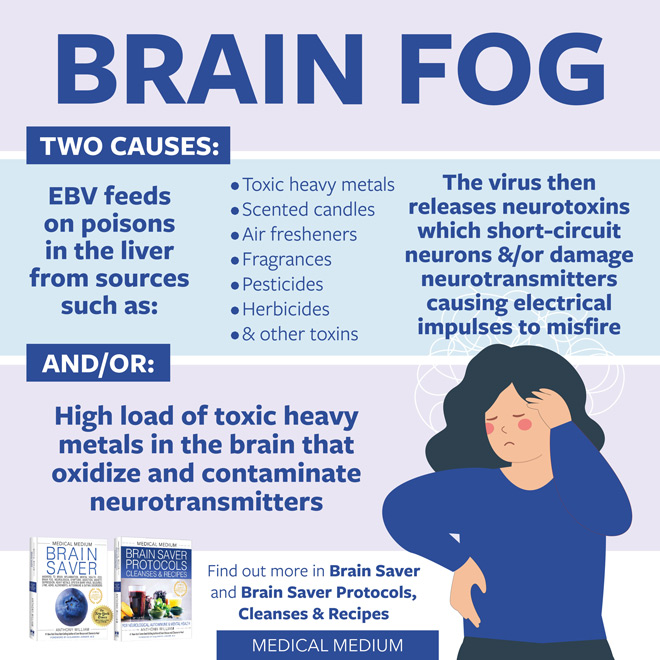Air pollution is a growing concern worldwide, with impacts on both the environment and human health. Understanding what worsens air quality is crucial in taking steps to improve it. In this section, we will explore the causes and sources of air pollution, including the importance of monitoring air quality using the air quality index.
Air pollution is caused by a variety of factors, including human activities like transportation and industrial processes, as well as natural events like wildfires and dust storms. These sources can release pollutants like carbon monoxide, sulfur dioxide, and particulate matter into the air, which can have serious health impacts on those exposed to them.
Monitoring air quality is essential in understanding the pollution levels in your area, as well as identifying potential sources of pollution and taking steps to reduce them. The air quality index is a valuable tool in this regard, providing detailed information about air quality in real-time.
Key Takeaways
- Air pollution has negative impacts on both the environment and human health
- Causes of air pollution include human activities and natural events
- The air quality index is a useful tool in monitoring air quality levels
Understanding Air Pollution
It’s essential to comprehend the concept of air pollution and its impacts on both the environment and human health. Air pollution occurs when harmful substances such as particulate matter, ozone, nitrogen dioxide, and sulfur dioxide mix with the air we breathe. This polluted air can cause damage to plants, animals, and humans alike.
The effects of air pollution on human health can be severe and long-lasting. Short-term exposure to air pollution can cause respiratory issues, headaches, throat irritation, and eye irritation, while long-term exposure can lead to heart disease, lung cancer, and other serious health problems. The health effects of air pollution can be particularly harmful to children, the elderly, and those with pre-existing health conditions.
There are several factors that contribute to air pollution, including industrial activities, transportation emissions, and natural factors such as wildfires and dust storms. As such, it’s crucial to mitigate the impacts of air pollution for the sake of our health and the environment.
Understanding the Various Pollutants
There are various pollutants that contribute to air pollution. These include:
| Pollutant | Source | Health Effects |
|---|---|---|
| Particulate Matter (PM) | Vehicle emissions, power plants, wildfires, dust storms | Respiratory issues, heart disease, lung cancer |
| Ozone (O3) | Vehicle emissions, industrial activities, sunlight | Lung irritation, exacerbation of respiratory conditions |
| Nitrogen Dioxide (NO2) | Vehicle emissions, industrial activities | Respiratory issues, increased risk of respiratory infection |
| Sulfur Dioxide (SO2) | Industrial activities, power plants | Respiratory issues, exacerbation of asthma symptoms |
Understanding the various pollutants and their sources is crucial in tackling air pollution and improving air quality. In the following sections, we’ll explore the sources of outdoor and indoor air pollution and provide tips to help improve air quality.


Outdoor Air Pollution Sources
Outdoor air pollution is a serious issue that can have harmful effects on your health. It is essential to understand the sources of outdoor pollution to protect yourself and your loved ones. The following are the most common contributors to outdoor air pollution:
| Pollutant | Source |
|---|---|
| Particulate Matter (PM) | Vehicle exhaust, industrial emissions, construction sites, wildfires |
| Nitrogen Dioxide (NO2) | Vehicle exhaust, power plants, industrial emissions |
| Sulfur Dioxide (SO2) | Power plants, industrial emissions, oil refineries |
| Ozone (O3) | Vehicle exhaust, industrial emissions, chemical reactions with other pollutants |
Vehicle emissions are a significant contributor to outdoor air pollution, and reducing your reliance on cars can make a positive impact. Industrial activities, such as power generation and manufacturing, are also major sources of pollution. Natural factors such as wildfires can also contribute to outdoor air pollution.


To reduce your exposure to outdoor air pollution, try to avoid areas with heavy traffic or industrial activity. If possible, walk or bike to your destination instead of driving. It is also essential to stay informed about the air quality index in your area, especially during periods with high pollution levels.
Indoor Air Pollution Sources
It’s not just outdoor air pollution that poses a threat to your health. In fact, indoor air pollution can be just as harmful, if not more so. Understanding the sources of indoor air pollution is crucial for ensuring a healthy living environment.
There are many sources of indoor air pollution, including:
| Source | Description |
|---|---|
| Tobacco Smoke | Secondhand smoke is a significant contributor to indoor air pollution, causing a range of health problems, including respiratory conditions and cancer. |
| Household Cleaning Products | Many cleaning products contain harmful chemicals that can be released into the air and impact your health. |
| Building Materials | Some building materials can emit pollutants such as volatile organic compounds (VOCs), formaldehyde, and asbestos. |
Other sources of indoor air pollution include inadequate ventilation, pet dander, and radon gas. Identifying and reducing exposure to these sources can help improve indoor air quality.
One way to improve indoor air quality is to avoid using products that contain harmful chemicals and switch to natural alternatives. For example, you can use vinegar and baking soda to clean instead of harsh chemicals. Additionally, ensuring adequate ventilation in your home, such as opening windows and using exhaust fans, can help circulate fresh air and reduce pollutants.
By understanding the sources of indoor air pollution and taking steps to reduce exposure, you can create a healthier living environment for you and your family.


The Impact of Air Pollution on Health
Air pollution can have serious consequences on your health, ranging from minor irritations to life-threatening conditions. Exposure to pollutants can cause respiratory problems, including coughing, wheezing, and shortness of breath. It can also worsen pre-existing conditions, such as asthma and allergies.
Long-term exposure to air pollution can have detrimental effects on cardiovascular health, leading to an increased risk of heart disease, stroke, and high blood pressure. The World Health Organization estimates that air pollution contributes to approximately 7 million premature deaths per year.
Furthermore, air pollution has been linked to a range of other health problems, including neurological disorders, pregnancy complications, and even certain cancers.


You can protect yourself from the health effects of air pollution by monitoring the air quality index and reducing your exposure to pollutants.
The Air Quality Index
Now that you understand the sources and effects of air pollution, it’s essential to monitor air quality levels. The Air Quality Index (AQI) is a tool that measures the air quality in your area and provides information about the different pollutants present in the air.
The AQI ranges from 0-500, with a higher number indicating poorer air quality. The EPA has established six categories of air quality, each designated by a color code ranging from green (good) to maroon (hazardous).
| AQI Range | Air Quality | Health Concerns |
|---|---|---|
| 0-50 | Good | Air quality is considered satisfactory, and air pollution poses little to no risk. |
| 51-100 | Moderate | Air quality is acceptable; however, some pollutants may pose a moderate health risk to those who are sensitive to air pollution. |
| 101-150 | Unhealthy for Sensitive Groups | People who are sensitive to air pollution may experience health effects. The general public is less likely to be affected. |
| 151-200 | Unhealthy | Everyone may begin to experience health effects, and individuals who are sensitive to air pollution may experience more severe effects. |
| 201-300 | Very Unhealthy | Health warnings of emergency conditions. The entire population is more likely to be affected. |
| 300+ | Hazardous | Health alert: everyone may experience more serious health effects. |
By regularly checking the AQI in your area, you can make informed decisions about when to limit outdoor activity or use additional precautions like wearing a mask. Several websites and apps provide real-time air quality information, including the AQI for your location.
Remember: The AQI is just one tool for monitoring air quality. While it’s essential to stay informed about the air quality in your area, taking steps to reduce your exposure to pollutants and improve air quality in your home and community is crucial for protecting your health.


Tips to Improve Air Quality
Improving air quality starts with understanding the causes of air pollution. By identifying the sources of pollutants in your environment, you can take practical steps to minimize their impact.
One of the main causes of air pollution is vehicle emissions. To reduce your contribution to this source of pollution, consider using alternative modes of transportation when possible, such as carpooling, biking, or taking public transit.
Another way to improve air quality is by reducing your energy consumption. Conserving energy not only reduces your carbon footprint but also helps reduce the emissions from power plants that contribute to air pollution.
In addition to these actions, limiting exposure to common pollutants in the home can significantly improve indoor air quality. For example, using non-toxic cleaning products, vacuuming regularly with a HEPA filter, and properly ventilating living spaces can all help reduce the presence of harmful pollutants.
To further decrease exposure to pollutants, consider implementing an air purifier in your home, particularly in areas with heavy traffic or pollution sources.


By taking these steps to reduce the causes of air pollution and limiting exposure to pollutants, you can make a positive impact on the air quality in your environment.
The Importance of Air Quality Monitoring
Monitoring air quality on an ongoing basis is vital in maintaining a healthy living environment. Regular monitoring allows for early detection of pollution spikes and the ability to take preventive measures.
The air quality index is a crucial tool in monitoring air quality. It measures the levels of pollutants in the air and provides a rating system that ranges from good to hazardous. By checking the air quality index regularly, you can stay informed about the current state of air quality in your area and take steps to protect yourself and your family.
But why is monitoring air quality so important? Exposure to high levels of pollutants in the air can have a detrimental impact on your health. The air quality index measures common pollutants such as particulate matter, ozone, and carbon monoxide, all of which can contribute to respiratory and cardiovascular problems.
By monitoring air quality and taking steps to reduce exposure to harmful pollutants, you can improve your overall health and well-being. This can include actions such as limiting time spent outdoors on high pollution days, using air filters in your home, and reducing your energy consumption.
Additionally, monitoring air quality can be particularly important for individuals with pre-existing health conditions. People with respiratory or cardiovascular problems may be more susceptible to the harmful effects of air pollution, and monitoring air quality can help them take the necessary precautions to protect their health.
In short, ongoing air quality monitoring is key in creating and maintaining a healthy living environment. By staying informed about air quality and taking steps to reduce exposure to pollutants, you can protect your health and the health of those around you.


Conclusion
Congratulations, you now have a better understanding of what worsens air quality and how air pollution can impact your health. By recognizing the sources of air pollution, both indoors and outdoors, you can take steps to reduce your exposure and improve air quality. Remember to monitor air quality using the air quality index to stay informed about the current conditions in your area.
By implementing the tips provided in this article, such as reducing energy consumption and limiting exposure to common pollutants, you can contribute to a healthier environment both at home and in your community. Ongoing air quality monitoring is essential for maintaining a healthy living environment, so be sure to make it a regular part of your routine.
Thank you for taking the time to learn about air quality and the impact it has on your health. By working together to reduce air pollution, we can create a healthier and more sustainable future for ourselves and for the generations to come.
FAQ
Q: What are the causes of air pollution?
A: Air pollution can be caused by various factors such as vehicle emissions, industrial activities, burning fossil fuels, and natural sources like wildfires. These pollutants contribute to poor air quality.
Q: How does air pollution affect human health?
A: Exposure to polluted air can have detrimental effects on respiratory health, cardiovascular health, and overall well-being. It can lead to respiratory diseases, heart problems, and even premature death in severe cases.
Q: What are some common outdoor sources of air pollution?
A: Outdoor air pollution can be caused by vehicle emissions, industrial activities, power plants, agricultural practices, and natural factors like dust storms and wildfires.
Q: What are the sources of indoor air pollution?
A: Indoor air pollution can originate from factors such as tobacco smoke, household cleaning products, building materials, mold, and inadequate ventilation. These sources can significantly impact indoor air quality.
Q: What is the air quality index?
A: The air quality index (AQI) is a scale used to measure and report air quality levels. It provides information about the concentration of pollutants in the air and helps individuals understand the health risks associated with different levels of air pollution.
Q: How can I improve air quality?
A: There are several steps you can take to improve air quality. This includes reducing vehicle emissions by using alternative transportation methods, conserving energy to reduce pollution from power plants, and limiting exposure to pollutants indoors by using natural cleaning products and improving ventilation.
Q: Why is air quality monitoring important?
A: Regular air quality monitoring is essential to detect pollution spikes, identify sources of pollution, and take preventive measures. It helps individuals stay informed about the air they breathe and take necessary actions to protect their health.


